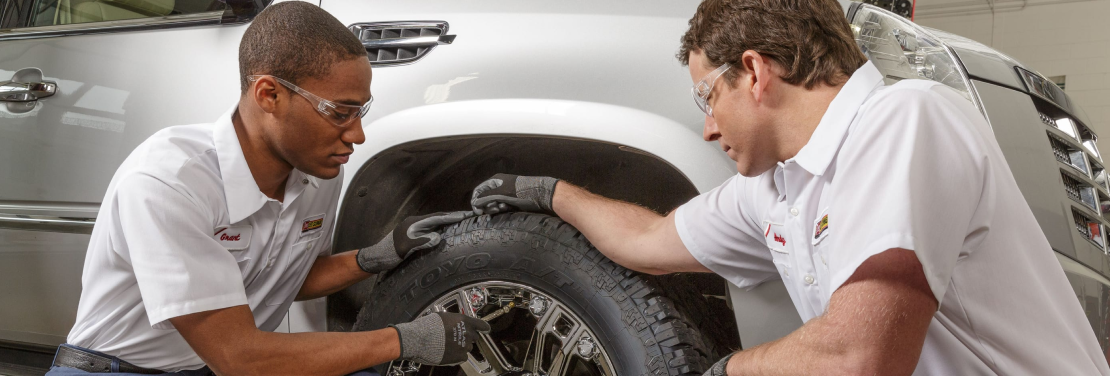Tire Service: The Effect of Climate Condition
When it comes to guaranteeing optimal performance and safety on the road, understanding the influence of weather conditions on tire service is important. In this discussion, we will certainly explore the intricate relationship between climate problems and tire solution, dropping light on the relevance of weather-specific tire upkeep methods and considerations.
Heat and Tire Efficiency
When subjected to high temperature levels, tires experience changes in efficiency that can considerably impact lorry safety and security and handling. The warm produced from extended driving or hot climate conditions causes the tire rubber to soften, leading to minimized tread life and enhanced wear.
Additionally, high temperatures can increase the process of tire aging, causing the rubber to deteriorate extra quickly. To reduce the results of heat on tire performance, drivers should regularly check their tire stress, turn tires to make certain even use, and inspect for any signs of damage.
Winter Effects
Cold weather condition conditions can have a considerable effect on tire efficiency and safety. In chilly weather, tires may likewise shed air stress a lot more swiftly, which can impact dealing with and gas effectiveness.
To minimize the effects of cool weather on tires, it is vital to routinely examine tire stress and inflate them to the producer's advised degrees. Utilizing winter or all-season tires developed for winter conditions can additionally boost traction and grip on icy or snowy roads - tires morris il. Correct tire maintenance, including routine examinations for wear and damages, ends up being much more crucial throughout colder months to make certain ideal efficiency and safety
Rainy Issues Effect
Tires with damaged treads are much more susceptible to hydroplaning, where a layer of water builds up in between the road and the tire surface area, leading to loss of grip. To fight this, drivers should regularly examine their tires for adequate walk depth and consider investing in tires particularly made for damp conditions.

Snow and Tire Safety And Security
When driving in snowy problems, having the ideal tires can make a considerable distinction in security and performance. Winter months tires are designed with special rubber substances and step patterns to provide better grip on snow and ice contrasted to all-season tires.
Along with utilizing winter months tires, it is vital to guarantee they are effectively blown up. Winter can cause tire pressure to drop, influencing traction and handling (morris tire and alignment). Frequently examining and keeping the correct tire stress is necessary for optimum performance in snowy conditions

Weather-Related Tire Upkeep
When confronted with numerous climate problems, correct tire maintenance ends up being a critical facet of car security and performance. Weather-related tire maintenance incorporates a variety of methods aimed at making certain ideal tire function and durability in various climate scenarios. One essential element of weather-related tire upkeep is tire pressure guideline. Rising and fall temperature levels can trigger tire pressure to vary, influencing traction and gas effectiveness. Routinely examining and changing tire stress according to maker referrals is crucial for safe driving in changing weather. Additionally, tire walk depth plays a substantial function in handling different weather components. Tires with adequate walk depth give far better grasp on damp or icy roadways, minimizing the danger of skidding or hydroplaning. When step wear gets to a specific deepness is important for keeping grip and security in adverse weather condition, checking tire tread consistently and changing tires. By prioritizing weather-related tire maintenance, chauffeurs can improve safety, improve car performance, and extend the lifespan of their tires.
Verdict
In verdict, climate conditions have a significant influence on tire efficiency and security (tire shop morris). From warm influencing tire pressure and use to cool weather reducing traction, it is essential to take into consideration the weather condition when maintaining and making use of tires.
In this discussion, we will certainly explore the elaborate connection between climate conditions and tire solution, shedding light on the relevance of weather-specific tire upkeep techniques and factors to consider.
